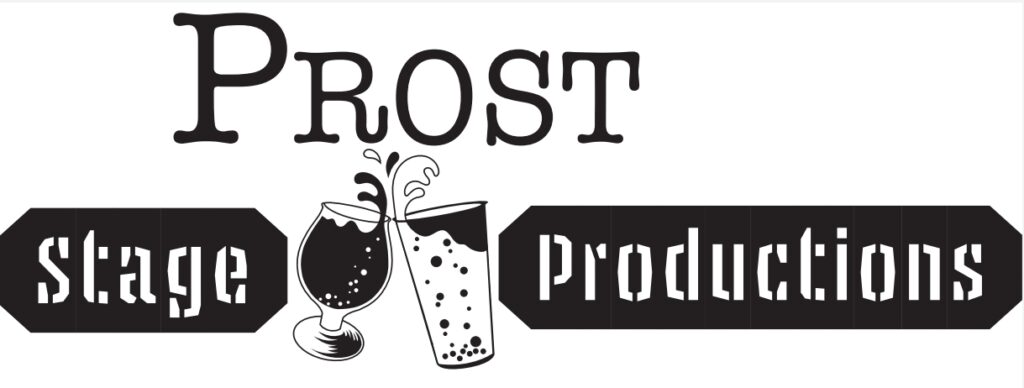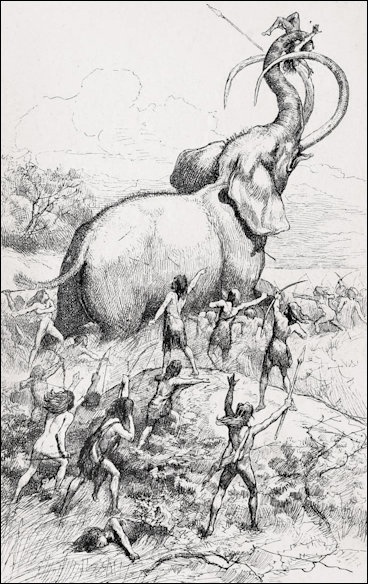A few years ago, I read an inspirational article about setting goals. I forgot to save the link though! The original inspiration remains elusive. But, I’ll try to paraphrase what I remember here and hope that it inspires you too.
In short: to achieve worthwhile goals, the goal-setting process can be more important than the labor you expend. In other words; aim high.
Hunting
Centuries ago, our hunter-gatherer ancestors understood this. Every day, they chose between survival strategies for acquiring food. When game was plentiful, they hunted rabbits, turkeys, squirrels, and rather more insects than you might expect. Wild animals supply 540 calories in an average squirrel to 164,000 calories in 60lb of whitetail deermeat. Skilled and lucky hunters could easily support 5 to 10 tribal members (often including those recovering from wounds incurred while hunting).

Gathering
Alternately, our “uncivilized” ancestors could search for edible plants, berries, and nuts. Our ancestors had few high-calorie vegetable options available. Wheat, potatoes, sugar cane, and other modern staples replaced hundreds of other wild plants on the menu. Centuries of agriculture & selective breeding have increased the calories / pound of edible vegetables on our menu by about 300%.
Gathering was often seen as lower-skilled labor, and it was generally the less prestigious/more mundane survival strategy. A skilled and efficient gatherer might bring in enough calories each day to feed themselves and 2 other people. But they could deliver a constant 800 to 4,000 calories *every* day, not just when game cooperated.

In winter, when gathering choices were few, tree bark could provide about 500 calories per pound. In lush seasons, foraging might provide even more calories than hunting. The Hiwi in Venezuela still subsist largely on Baobab seeds and wild tubers. Many other exotic natural foods are still commonly consumed by native cultures, like the Baka in Cameroon. Even in the urban food deserts of Texas have surprising options.
Gathering was the safer and more reliable option for providing sustenance. This may be why hunter-gatherer societies were generally more egalitarian than early farming civilizations. Foraging also brought more variety of nutrients and diverse phytochemicals into the larder. Few (if any) indigenous people were vegetarian for one simple reason: playing it safe endlessly with foraging alone would likely result in starvation over the long term.
Mammoth hunters were rock stars
Even though hunting mammoths (& other megafauna) was a risky undertaking, big game hunters got huge respect. Hunting something the size of a bulldozer using spears or atlatls was not for the timid. A wounded mammoth could easily trample or gore an entire hunting party. Yet, with great risk came great rewards. Hunters also had skill sets that helped in tribal conflicts. Knowing how to pluck grain from chaff was not very helpful in sneaking up on an enemy warrior.
Bigger game, like buffalo, giant-sloths, and mammoths was the hunting equivalent of “put it all on red” gambling. Instead of bringing home enough meat to satisfy basic needs, successful mammoth hunters brought home a surplus that the whole tribe could eat on for days (or weeks with the invention of fire for smoking & curing). Bagging a mammoth was the equivalent of buying rounds of drinks at the bar for everyone living within shouting distance of you. The calorie jackpot a mammoth provided allowed paleolithic hunters the spare time (& raw materials) to make ivory tools, fashion leather shelters, craft artwork, and even to domesticate wolves.

So, how does mammoth hunting have anything to do with setting your daily goals? In short, if you don’t strive for big rewards, you’ll rarely stumble your way into grand achievements. It’s hard to win the lottery if you never buy a ticket. You miss 100% of the shots you don’t take. Working a dead-end job that uses up all of your energy can really get in the way of developing your hobby or dream. How do you turn a side-hustle into your next gig if you don’t take a chance and break some rules?
A few years ago, after I left a job over lack-of-payment, it occured to me that I needed to work a little harder at being gainfully unemployed. I made a list of all the skills I had, another list of how those skills could be deployed, and started thinking outside the box about how to make money. Are you looking for some ways to make side-money? Some options that require no skills at all include donating blood plasma (I’ll split the referral bonus if you put my name down with Grifols or BioLife), taking part in focus groups, participating in clinical trials (ditto for LabCorp Dallas), in-sourcing household work, and doing day-labor.
Identify your moat
What is your “moat”? Maybe you have an encyclopedic knowledge of 19th century porcelain. Maybe you can taste minute differences in coffee beans better than anyone else on the planet. Every one of us has some unique superpowers… and few realize their combination of knacks is unusual. I use my very particular set of skills for teaching RecCenter classes, suing illegal telemarketers, writing plays, treasure hunting, selling media on Amazon, hustling card sharps, giving motivational speeches, editing papers, and digital photography. It’s all on the table. Sometimes you have to wear a bunch of hats and juggle a bit to keep a spare iron in the fire.
Hopefully I’ve got you thinking about the metaphorical mammoths that belong in your crosshairs. Before scientists get around to resurrecting extinct megafauna, you should start hunting your mammoths too.

____________________________________________________________
A quick aside from my Devil’s Advocate (actually, also from me, but I do enjoy poking him sometimes). A lot of research about neolithic diets has been directed at weight loss (Atkins, Keto, etc) or changing the ways in which modern humans eat to avoid the illnesses associated with civilization (16/8 Intermittent Fasting, Paleo, Whole30, etc). Despite my points about hunting mammoths, it appears that few of the longest thriving hunter-gatherer cultures eat (or ate) primarily wild animals. And a significant portion of “meat” our ancestors ate came from bugs like termites. Balanced nutrition from a wide variety of sources is best. Here are some examples (from this article):
!Kung might live in conditions close to the “ideal” hunting and gathering environment. What do the !Kung eat? Animal foods are estimated to contribute 33% and plant foods 67% of their daily energy intakes. Fifty percent (by wt) of their plant-based diet comes from the mongongo nut, which is available throughout the year in massive quantities. Similarly, the hunter-gatherer Hazda of Tanzania consume “the bulk of their diet” as wild plants…
Australian aborigines in some locales are known to have relied seasonally on seeds of native millet or a few wild fruit and seed species to satisfy daily energy demands. Some hunter-gatherer societies in Papua New Guinea relied heavily on starch from wild sago palms as an important source of energy, whereas most hunter-gatherer societies in California depended heavily on acorn foods from wild oaks.
-American Journal of Clinical Nutrition: March, 2000

